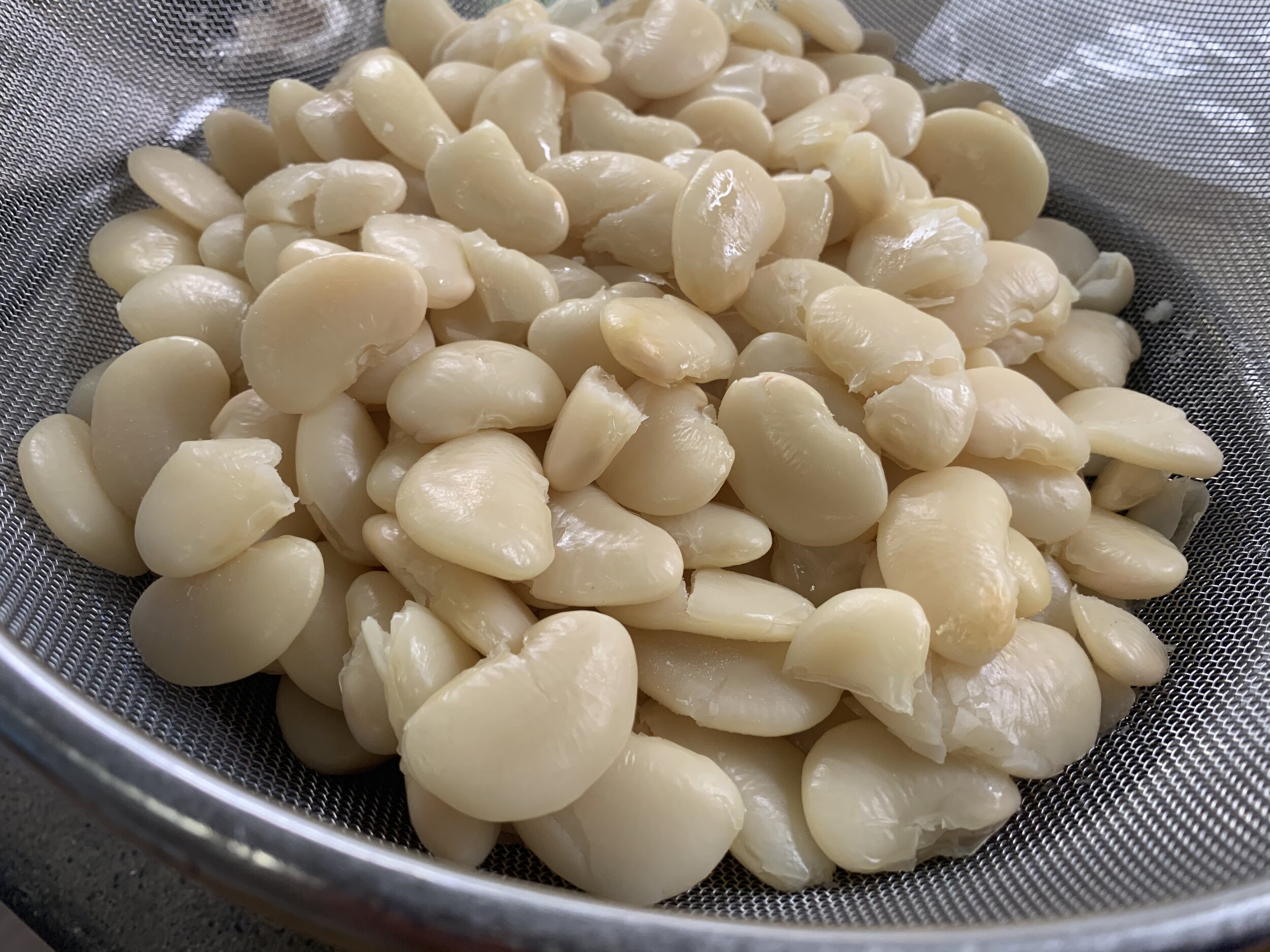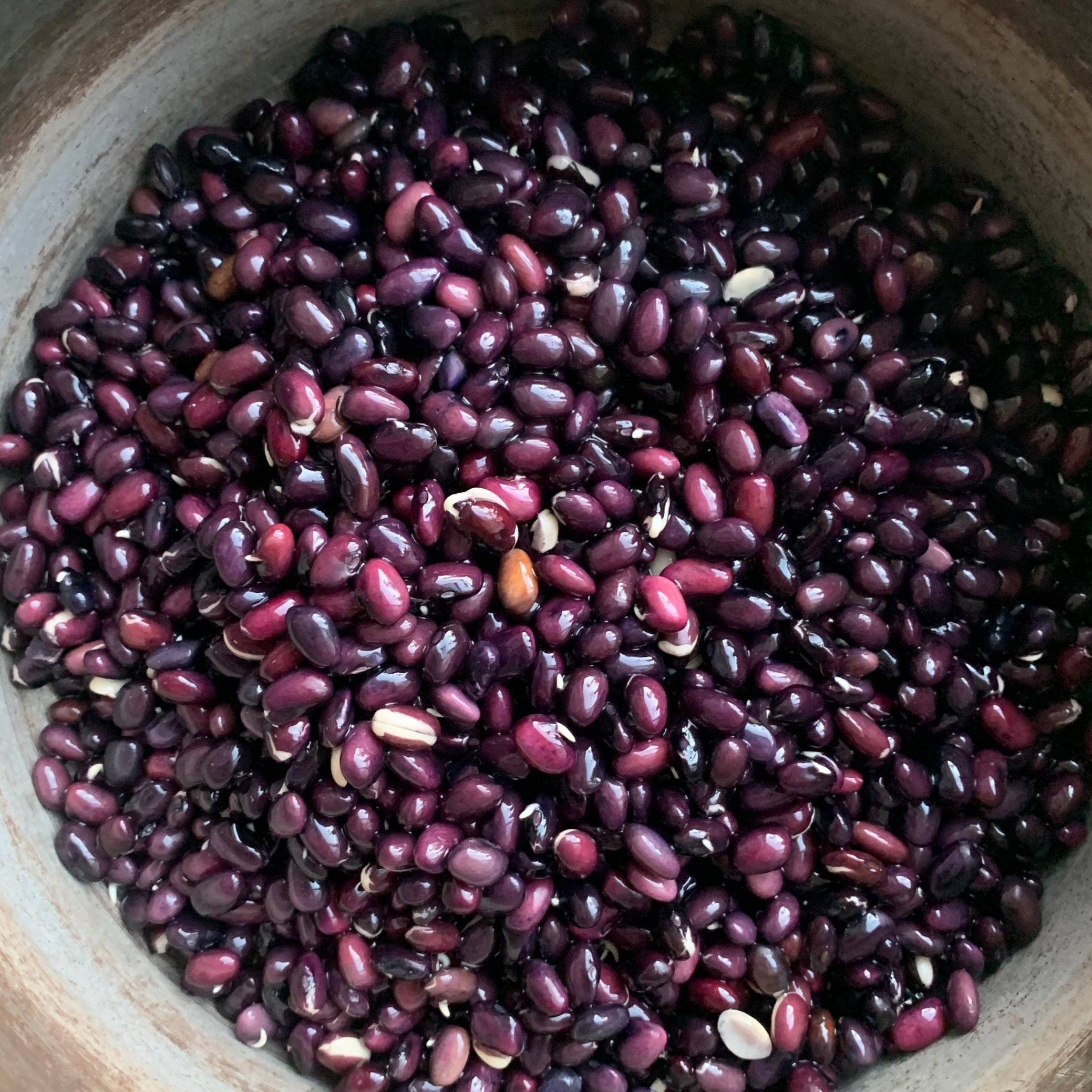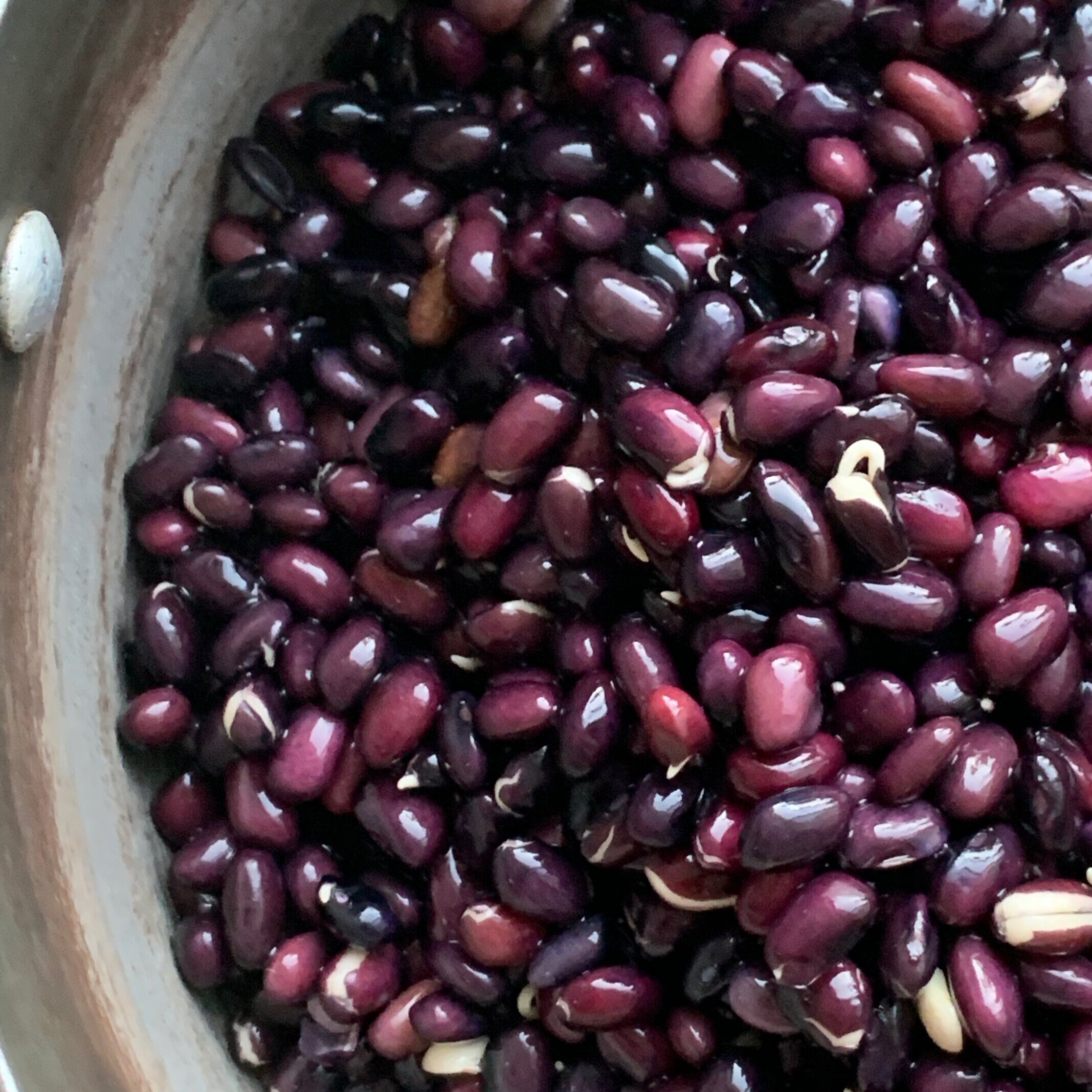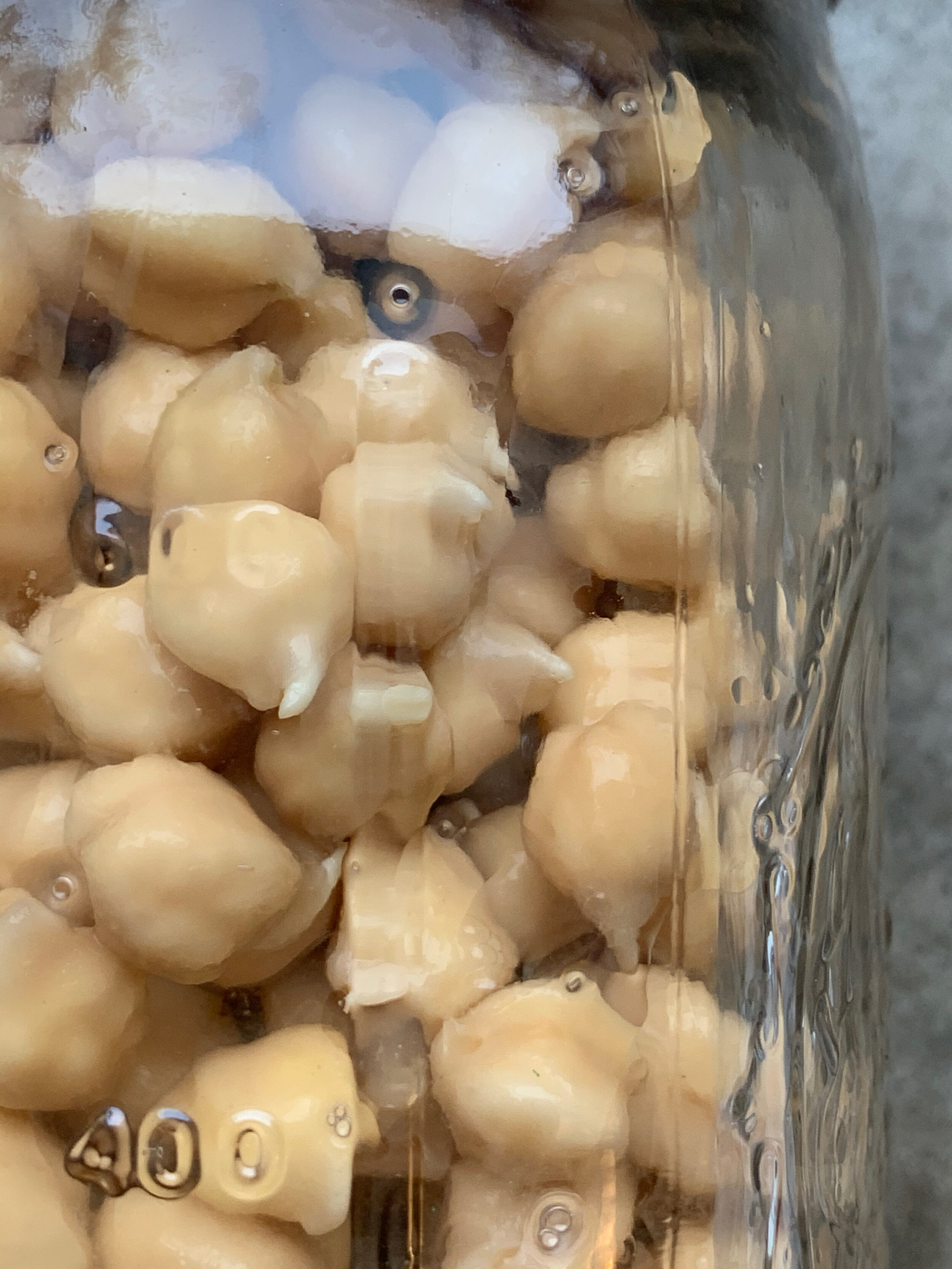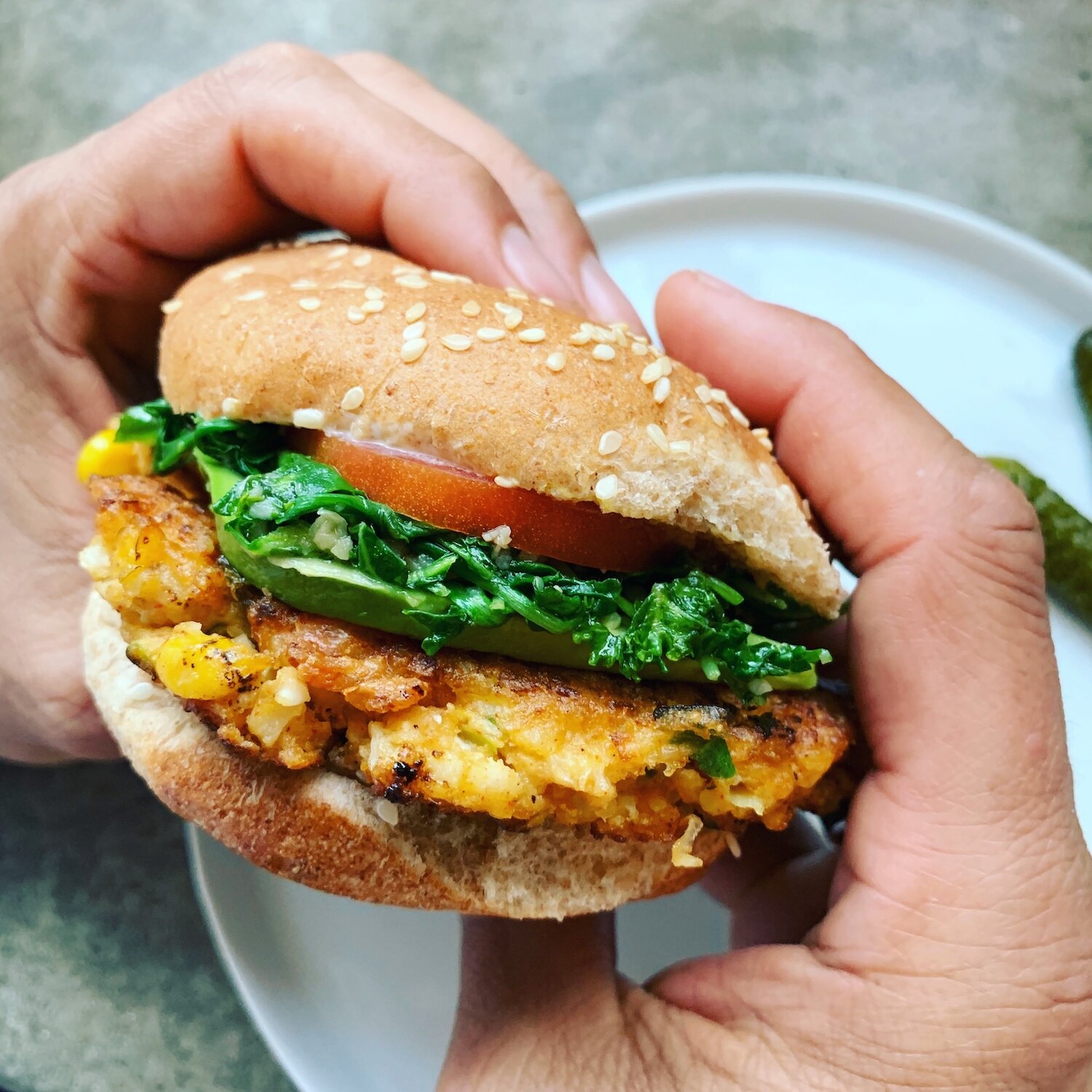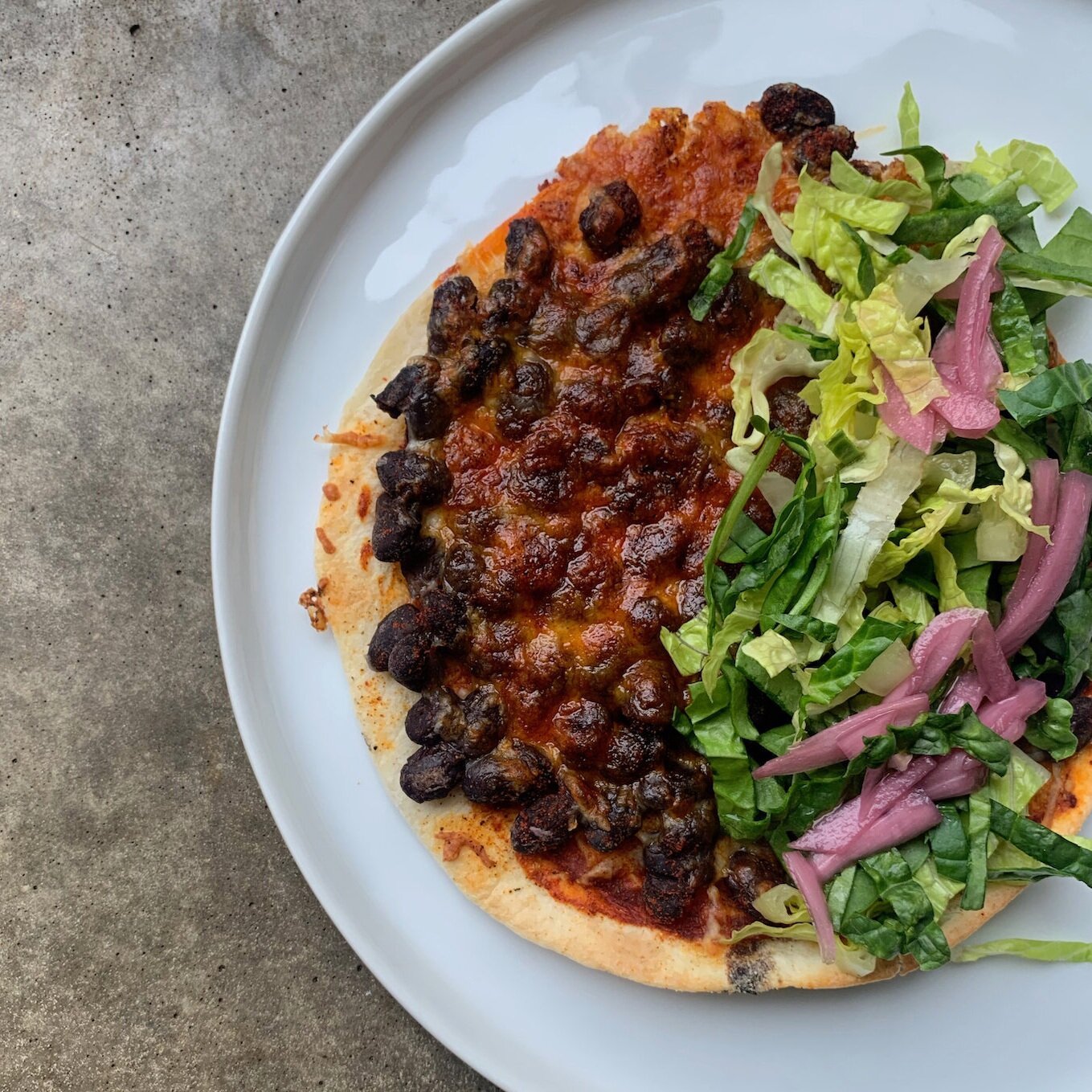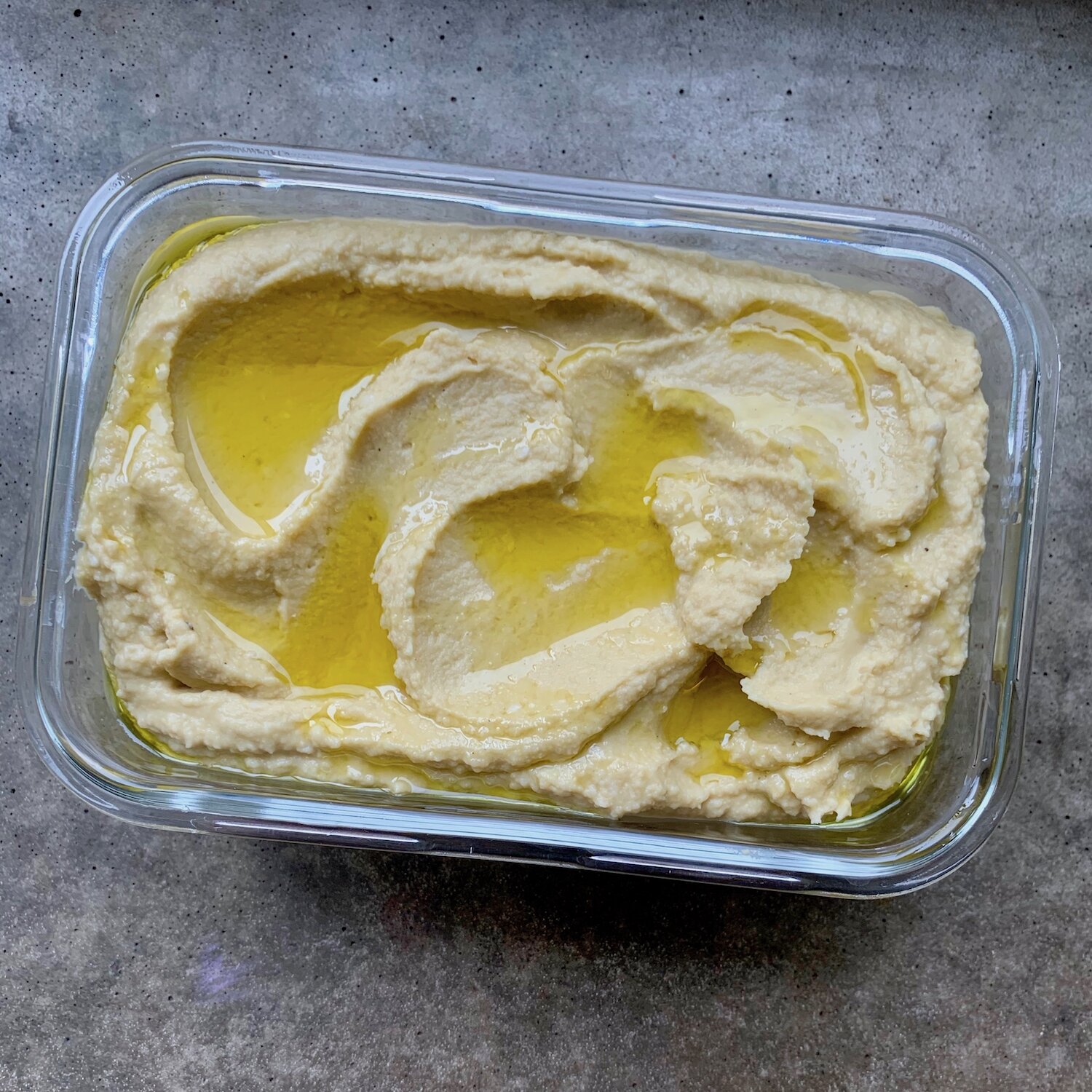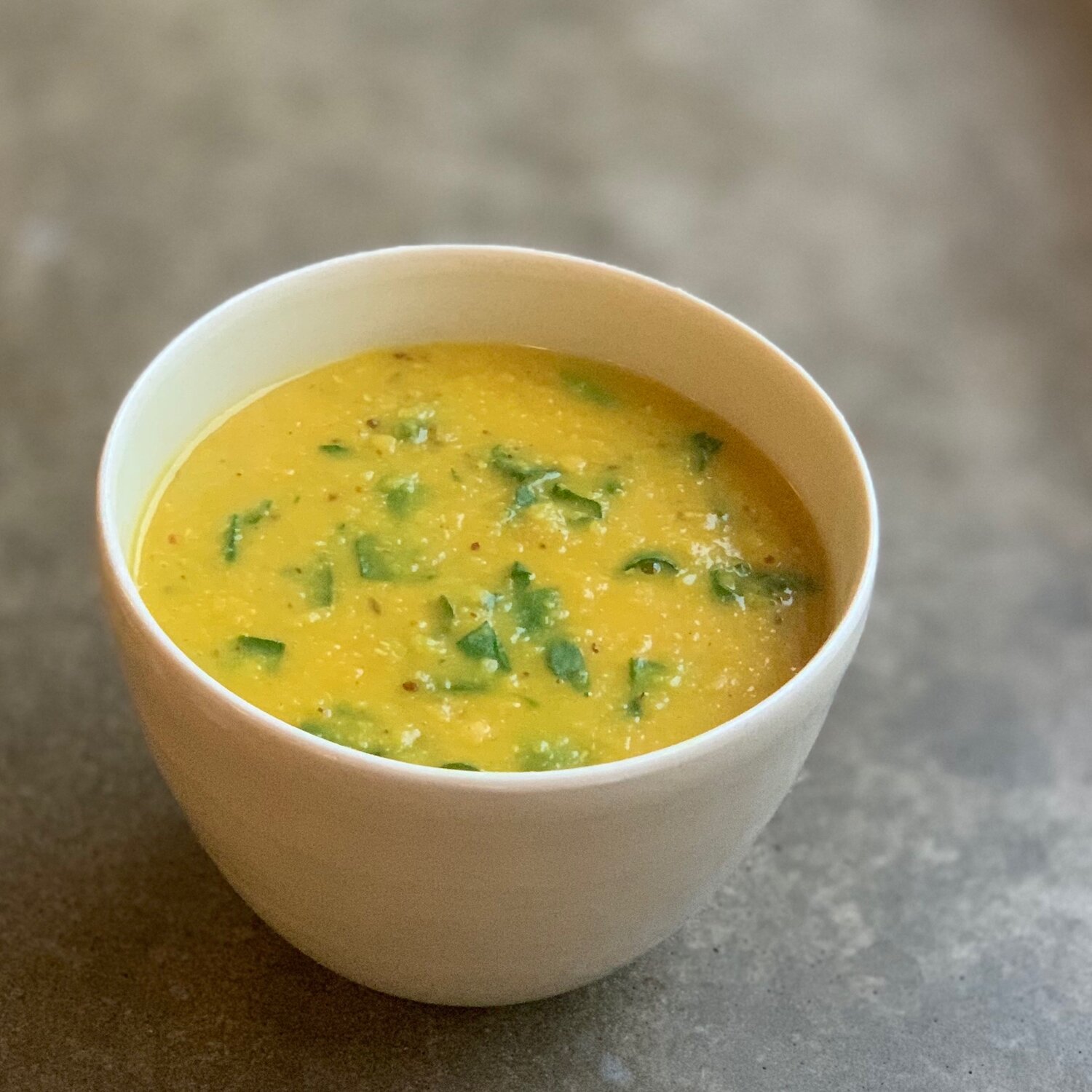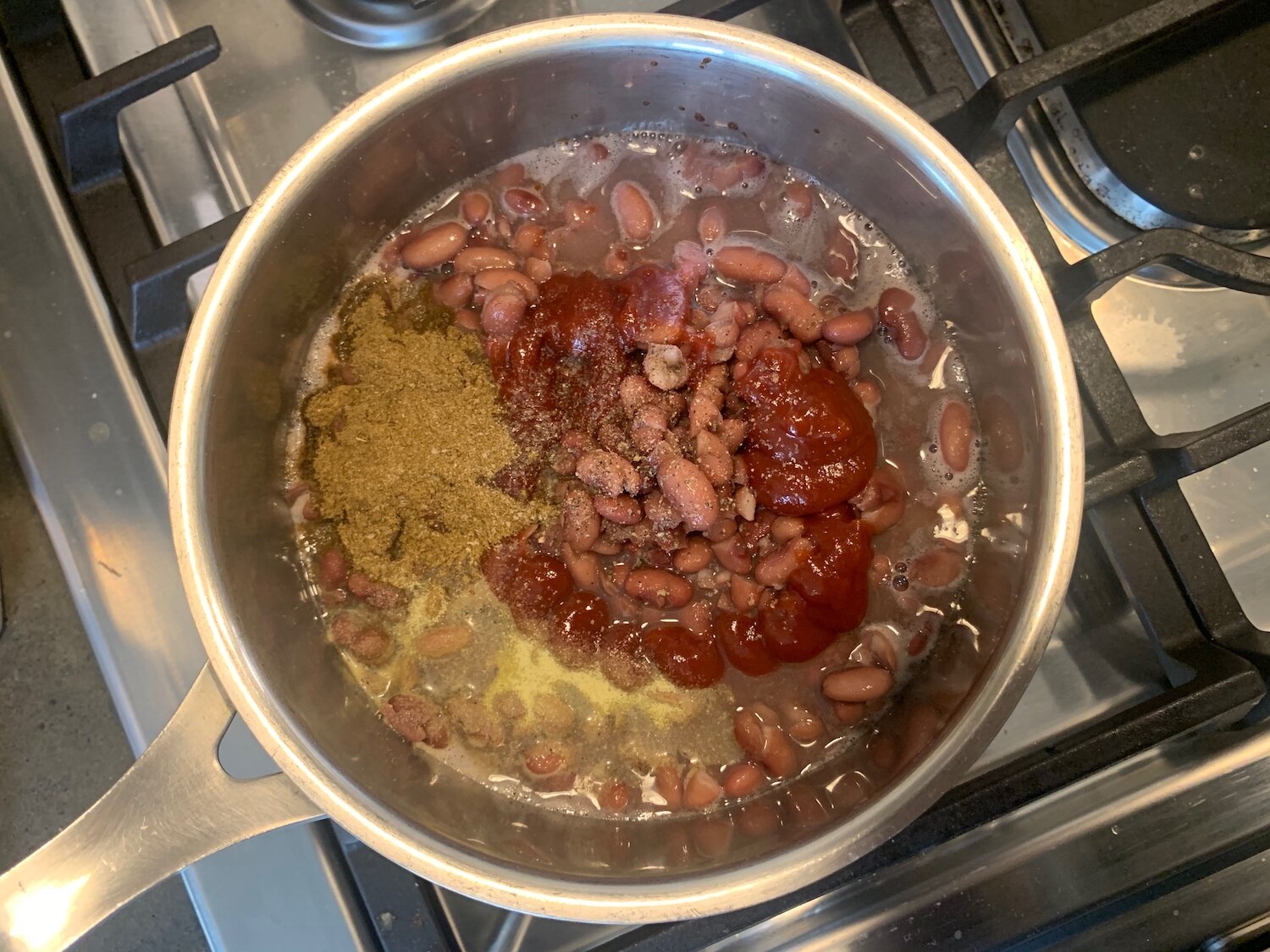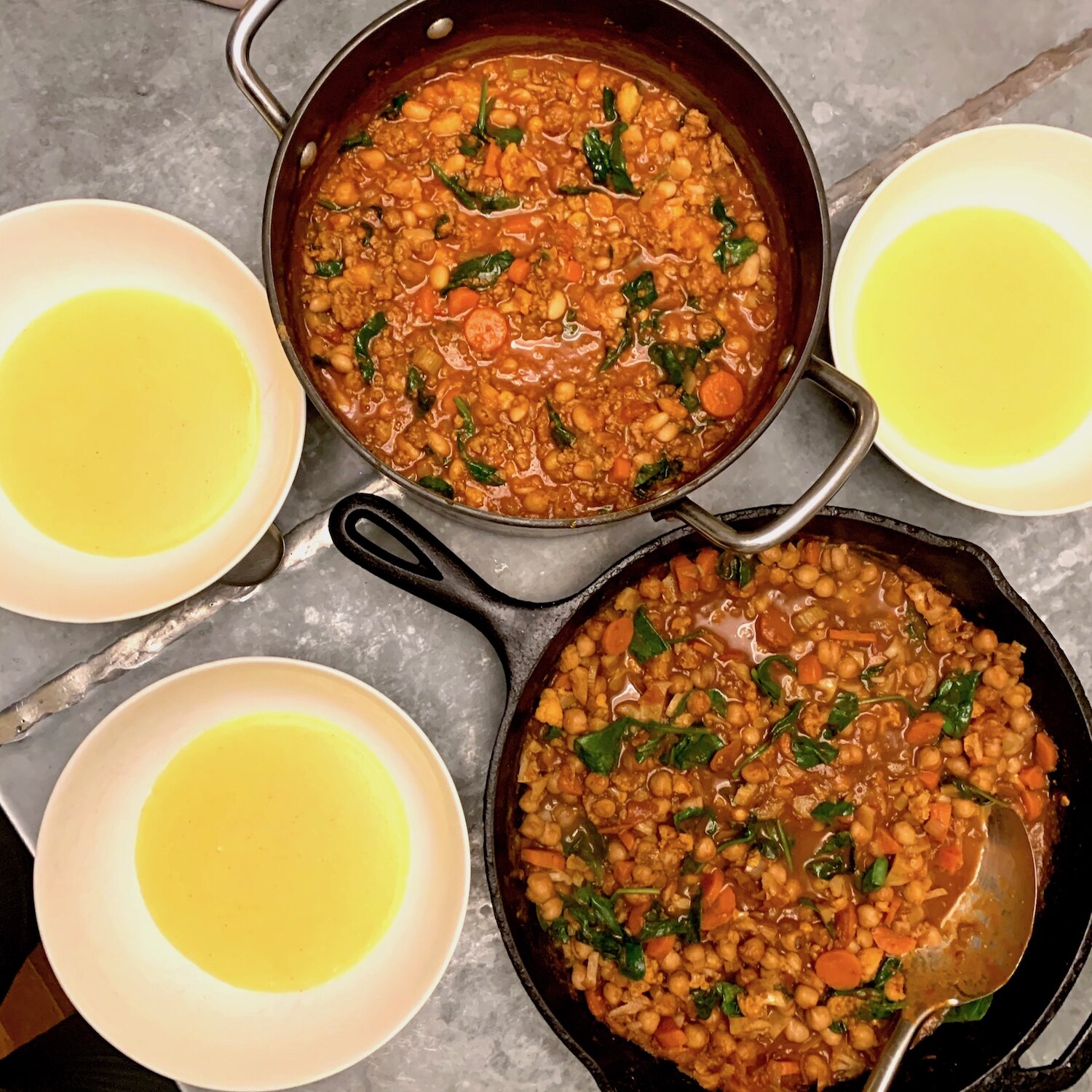Cooking In Quarantine
During this time of quarantine a lot of us suddenly find ourselves having to cook food many times a day to feed folks in our homes. For those of us that have the food we need to survive and a warm kitchen to prepare it in, it is an incredible blessing and privilege. Still though, making multiple meals a day often while working (in or out of the house) while also helping kids with school work, can still be a real challenge.
As I work to feed my family and community through this quarantine, I certainly find myself drawing on my skills as a professional chef, and once private cook. By this I don’t mean fancy food and techniques, but more the preparation of a whole bunch of food in a relatively short period of time. I discussed many of the things I’ve been doing in the kitchen in the last segment of the Our Food In Quarantine episode. I thought I’d put some of these tips into writing to help you make preparing meals through the day and week easier, more affordable, while still being healthy and delicious.
In this post you’ll find a few tips on:
1. Prepping meals for the week
2. 4 ways to cook dry beans
3. 8 quick bean recipes
4. How to roast vegetables
5. Making your own green sauce with just about anything you have on hand
Prepping food for the week
If possible, find a 2- 4 hour block of time, maybe a Sunday afternoon (if your work schedule allows) to prepare meal components like beans, rice, roasted vegetables, a pot of soup, or sauces to make tossing meals together during the week easier. If you keep all the components of the meals separate, you can then mix and match them through the week in different ways without getting board of eating the same thing every day. For example, if you roast some carrots, broccoli, and cauliflower, you could serve some carrots and cauliflower with hummus and greens one day, and some carrots and broccoli with tofu and soy ginger sauce over rice on another day.
There are tons of great recipes online for every flavor combination you can think of. What I’m sharing here are some basic building blocks for meals, that you can flavor however you like at each meal. Preparing some of these basics once a week can make throwing together a healthy and delicious meal as easy as cooking up a box of mac and cheese.
Example of simple prepping for the week:
- Cook a few kinds of beans
- Cook a pot of rice or other grain
- Roast veggies such as carrots, onions, cauliflower, and eggplant on separate sheet pans
- Wash and chop/tear kale or other cooking greens for easy additions to meals
- Make a dressing or sauce to add to store bought ones you might have in your fridge
Cooking Dry Beans - 4 ways
Until the Covid-19 quarantine landed on us, many people were more likely to buy a can of beans than a bag of dry ones. Dry beans are way cheaper than canned beans, they take up less room, and really take very little effort to make, all you need is a pot, some water, and time at home. Outside of a few communities and age groups however, knowing how to cook dry beans has been slipping out of common knowledge in many homes. Due to the global pandemic though, trips to the grocery store are less frequent, and some of us are getting food from emergency food donations, so dry beans and lentils are suddenly on the menu a lot more, and for some folks, this may be a little intimidating. Seems like a perfect time to share a few tips on how to handle dry beans in your kitchen, now that you may have a little more time at home to cook them.
Soaking beans for 4-8 hours (or overnight) before cooking helps them cook a little faster and makes them easier to digest, but as you’ll see below, soaking is not required. It’s a good idea to sort through your beans before putting them in the pot to pick out any tiny rocks that may be hidden in the bag (this is especially important with brown lentils). While cooking all kinds of beans, it’s good to skim the foam off the top of the water and discard it. If you can eat salt, by all means add it to the beans from the start of cooking. Turns out it is a myth that salt slows the cooking process, and your beans will taste better if you add the salt early.
To make dry beans feel as easy as having canned beans around, I’ve been cooking a few varieties at a time, and then dividing the batches: some in the fridge for this week, and some in bags for the freezer and future meals. Below are a few tips to get you started cooking up your first pot of beans, while you’re doing whatever it is you gotta do at home right now.
Overnight soak & simmer:
Place a pound or more of beans in a pot and cover with water, about 4 inches over the top of the dry beans. Leave on the counter to soak for 4-8 hours or overnight. To cook add salt or adobo seasoning and simmer for 1 to 2 hours (depending on the type of beans) until beans are tender. Check bean tenderness occasionally, and add water so that beans are covered throughout the cooking process.
Simmer, quick soak, simmer:If you forgot to put beans out t o soak overnight and really want to have some for dinner, you can speed the soaking process by bringing a pot of beans covered in water to boil in the morning, and then turning it off and letting it sit on the stove for 1 or 2 hours. Simmer the beans on low for a few more hours until tender. Add salt if desired, and be sure to keep beans covered with water throughout cooking process.
No soak, just simmer:If you are really short on time, you can still cook dry beans. Just cover them with water, add salt or adobo, and simmer until tender. They will take a little longer to cook, maybe 15 -30 minutes, but they will still cook up fine. So, if you need to you can skip the whole soaking thing completely.
Soak, sprout, simmer:A bean is essentially a seed, and by encouraging it to start to grow before cooking it, you can greatly improve the nutritional quality of your meal. Sprouting beans takes a little more time, but not much effort. Soak beans 8 hours or overnight. Drain and place in a colander with a towel over it or in a glass jar with a screen top or thin fabric with holes poked into it (see photo below). Rinse and drain beans at least twice a day until they start to sprout (1 or 2 days). If using a glass jar keep them upside down at an angle so they drain. To cook, put beans in a pot covered with a few inches of water, add salt if desired and simmer until tender, usually about 45 minutes to 1.5 hours.
Chickpeas sprouting on the counter. If you don’t have the special screen insert, you can use a thin piece of fabric poked with holes (on right), or a colander covered with a towel. See already sprouted beans below.
"The process of germination not only produces vitamin C but also changes the composition of grain and seeds in numerous beneficial way. Sprouting increases vitamin B content, especially B2, B5, and B6. Carotene increases dramatically--sometimes eightfold. Even more important, sprouting neutralizes physic acid, a substance present in the bran of all grains that inhibits absorption of calcium, magnesium, iron, copper and zinc; sprouting also neutralizes enzyme inhibitors present in all seeds. These inhibitors can neutralize our own precious enzymes in the digestive tract. Complex sugars responsible for intestinal gas are broken down during sprouting, and a portion of the starch in grain is transformed into sugar. Sprouting inactivates aflatoxins, potent carcinogens found in grains. Finally, numerous enzymes that help digestion are produced during the germination process."
-- Sally Fallon, Nourishing Traditions.
Lentils a quick alternative to beans
Lentils do not need to be soaked, and they cook in 20 to 30 minutes. They have a ton of flavor and are a great plant based protein when eaten with a whole grain. You’ll just need to decide if you are aiming for lentils that break apart into a thick soup, or lentils that hold their shape and can be served like beans or tossed into another dish. Red lentils (they actually look orange), breakdown very quickly into a yellow soup. Brown, green (french), or black (beluga) lentils can be simmered just until tender similar to soft beans, or cooked longer until they breakdown into a soup. Lentils can be cooked with extra water until tender and then drained. They also make a great base for veggie burgers when mixed with onion, an egg (or flax egg), some flour/breadcrumbs/cornmeal, seasoning, a little baking powder, and then fried in a pan.
8 Easy Bean Recipes
Check out these quick and delicious ways to make beans. These are real-life quarantine lunch and dinner recipes straight from our kitchen to yours. From a 10 Second Sauce to DIY Bean Burgers, these simple recipes make serving up beans a whole lot easier.
Roasted Vegetables
Roasting vegetables transforms them into something amazingly delicious, versatile, and hard to resist. Here’s all you need to know to get started:
Don’t be scared of turning the oven up to 450!
Cut each type of vegetable in to the same size pieces for even cooking. Cutting vegetables into 1/4 inch to 1/2 thick pieces works well.
Toss with plenty of oil, a nice coating all over so veggies roast, and don’t just dry out.
Season well with salt and pepper, or other spices.
Spread veggies in a single layer on a baking sheet so they brown well and don’t steam.
Rotate the pans on different racks for even cooking.
If possible cook each type of veggie on a separate sheet pan.
Set a timer to check veggies a few times so they don’t burn.
Cooking times: Hard root vegetables usually take about 45 minutes to roast, softer vegetables like eggplant and fennel, closer to 25, and broccoli closer to 15.
What to roast: veggies that are great for roasting include carrots, fennel bulb, eggplant, potatoes, cauliflower, beets, broccoli.
Green Sauce - Any way you like it
A homemade sauce can make your week of meals a lot more interesting, and be a good addition to any store bought bottles of bbq, mustard, or hot sauce in your fridge. Just about every culture in the world has some sort of green sauce with garlic as a base (think pesto, chimichurri, and zhoug to name a few). The basic elements being a few cloves of garlic, fresh herbs (basil, cilantro, parsley, dandelion greens, mint etc…) and some oil, with possible additions of chili peppers, nuts, citrus, hard cheese, miso, or dried spices.
Don’t feel confined by recipes, especially during a quarantine, when you need to use whatever you have. Blend or hand chop a small batch, and see what tastes good to you. I even picked some young dandelion greens and mint from my backyard to make the sauce above.
A thick sauce makes a great spread. To turn it into a dressing, mix a heaping spoonful with some vinegar or lemon juice and toss on a salad or roasted vegetables. Sauce ingredients vary widely even within a region or country, but I listed a few generalizations from around the world below for inspiration.
Pesto (Italy): basil, garlic, nuts and parmesean (or white miso to make it vegan), olive oil
Zhoug (Yemen): cilantro, parsley, garlic, chili pepper, cardamom, caraway or cumin, oil, salt
Gremolata (Italy): parsley, garlic, lemon zest
Chimichurri (Argentina): parsley, garlic, red wine vinegar, oregano, olive oil, salt, hot pepper, salt.
Mojo (Cuba+): garlic, orange juice, lime juice, oregano, thyme, onion, salt, pepper, oil
Epis (Haiti): scallion or leeks, garlic, bell pepper, thyme, salt, pepper, oil,
If you get tired of green sauce, try making a homemade thai peanut sauce, bbq sauce, or just a fresh garilcky salad dressing with a little mustard and pinch of something sweet.
Dandelion greens on the right. Picked young they are not too bitter. Be sure the soil is not contaminated where you are picking.


